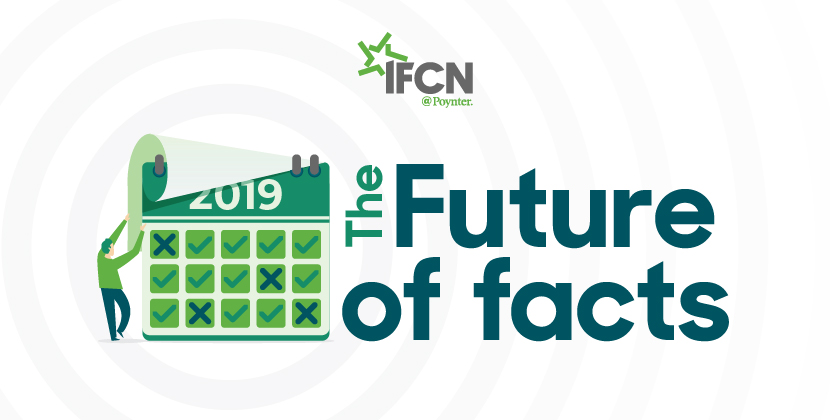The work of the fact-checker is perpetually evolving. As tactics of spreading disinformation are exposed and countered, perpetrators continuously innovate new ways of distributing falsehoods and distorted narratives. Fact-checkers must contend with finding efficient ways of verifying information in the present, while actively preparing for the information environment of the future.
In this vein, “deepfakes” — the use of recent breakthroughs in artificial intelligence to create believable fakes in images, audio, and video — have raised concerns throughout the past year. This has been driven in part by a number of striking demonstrations that illustrate just how far the technology has come, from unsettling reproductions of presidential voices and the substitution of faces to create fake porn to the seamless deletion of objects in video. Policymakers and researchers, in turn, have worried that this technology will be applied to manipulate political discourse and for other harmful purposes.
The editing of images and video for deceptive effect is nothing new, of course. Doctored images and video have a long history of being shared and believed, and deepfakes only offers a new route by which to engage in an old method of deceit.
On that count, the potential threat posed by deepfakes is less around introducing a new kind of disinformation, and more around influencing quality and cost. Deepfakes seem to offer would-be creators of disinformation access to Hollywood-level movie magic without needing the massive resources or staff of a professional special effects team. So, the relevant questions for the fact-checking community are: How will deepfake techniques be used? By whom and when?
Predicting the future is always challenging, but we have a few hints of where things may be going based on how the research around these technologies is progressing.
For one, it is worth noting that the prerequisites to create a highly believable deepfakes still remains relatively high. Machine learning, the subfield of artificial intelligence which has driven much of the latest advances in the technology, relies on large amounts of data with which to “train” the system. Imitating Obama’s facial movements requires lots of existing video of Obama’s face. Simulating Donald Trump’s voice requires lots of audio of Donald Trump speaking. The more data similar to what is being faked, the better.
This means that deepfakes are likely to make an appearance in circumstances where a significant amount of data of the person or thing to be faked is available. Public figures may be more “fakeable” through this method than private ones. Visually routine situations, like a press conference, are more likely to be faked than entirely novel ones.
Beyond data, there are additional requirements. Machine learning is a computationally intensive process — you need lots of computers in order to pull it off in a reasonable timeframe. Creating a customized, high-fidelity deepfake also requires specialized machine learning expertise. At the time of writing, it is still far from being a technology that anyone can easily pick up and use.
The upshot of all this is that we are not likely to be awash in deepfakes anytime soon. This technology will remain, for the near-term, a narrow technique likely to be leveraged by states and other well-resourced actors. That’s particularly true in a world where there are significantly cheaper and equally effective means of spreading disinformation. Simply taking an existing image and asserting that it is something that it is not, for instance, might achieve the same impact as a deepfake with none of the hurdles of data, computing power and expertise. Crude, rough-and-ready deception will remain the norm.
Finally, it is also worth noting that while machine learning might generate strikingly realistic video and audio, it still relies on fallible humans to create believable context. Machine learning cannot yet write a believable script for a fake Donald Trump, nor magically stage the video in a likely time and place.
This means that while deepfakes might render certain fact-checking techniques that look at the doctoring of media less effective, it still remains vulnerable to investigative work that looks at context. Finding eyewitnesses, looking for inconsistencies, and assessing corroborating facts have been core to the work of fact-checking, and will remain the key tool even in a world of deepfakes.







